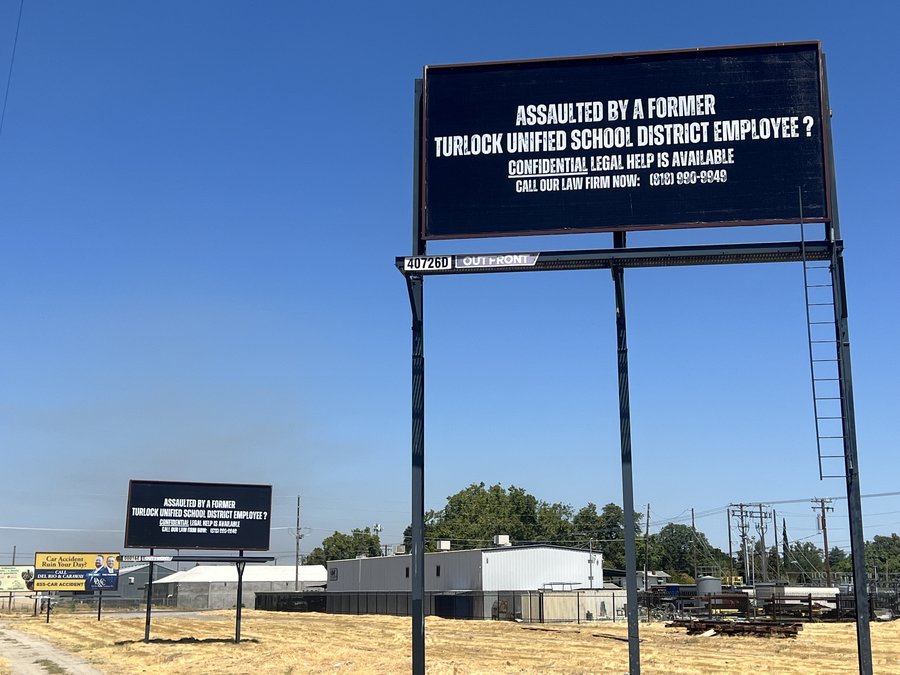Turlock Households by Income
Extremely low Less than $18,600 2,772 11.9%
Very low $18,601-$31,000 4,146 17.8%
Low $31,001-$49,600 4,100 17.6%
Moderate $49,601-$74,400 4,426 19%
Above Moderate Greater than $74,400 7,850 33.7%
Senior Households by Income
Extremely low $14,900 or less 17.9%
Very low $14,901-$24,800 21.1%
Low $24,801-$39,700 16.1%
Moderate $39,701-$59,500 20.5%
Above moderate Greater than $59,500 24.2%
A recent report by the California Coalition for Rural Housing paints a bleak picture of the housing situation in Stanislaus County.
The report found that 23.5 percent of Stanislaus County residents live in poverty due largely to high housing costs. Other key findings include that a renter household needs to earn twice the state minimum wage in order to afford average asking rents in the county and overcrowding for low-income renters is 78 percent above the national average, contributing significantly to poor health and academic achievement among low-income children.
The coalition's findings are no surprise to Maryn Pitt, assistant to the city manager for economic development and housing in Turlock.
Over 70 percent of extremely low and very low income residents of Turlock experience overpayment (paying more than 30 percent of their income for housing) and 50 percent have a housing cost burden of over 50 percent.
Overall, 36 percent of owners and 54 percent of renters in Turlock had a cost burden of over 30 percent in 2011.
The City of Turlock has been working on increasing the number of affordable housing units available — through projects like Crane Terrace, a senior apartment complex on Canal Drive, and the Avena Bella development on Linwood Avenue — but financing has become difficult to obtain since the governor disbanded redevelopment agencies in 2011, said Pitt.
"The question is really all about funding. To access many funding sources, you need local matching funds. It's really tough without the redevelopment dollars to be able to do that," said Pitt.
Senior citizens are often the hardest hit when it comes to affordable housing. Approximately 55 percent of Turlock's 8,300 senior residents have low to extremely low income, and a 2013 survey found that 66 percent of senior households were overpaying for housing.
There are approximately 242 subsidized senior apartment units in Turlock and an additional 124 unsubsidized units — not including senior mobile home parks.
"Right before RDA was disbanded by the governor, we were potentially doing a downtown mixed use development by Thor and Marshall, with commercial on bottom and senior units on top. It would have been the perfect location with the library and senior center so close and bus access," said Pitt.
The City has been looking into other funding sources, like using cap and trade transportation dollars for affordable housing, and started a loan program for seniors on a fixed income who need money for home repairs.
Pitt said that a couple may get a reverse mortgage on their home to pay for catastrophic medical expenses, but then their heating unit goes out or the roof needs repair and there's no money left. The City can help that senior couple stay in their home by offering a forgivable loan.
As the City of Turlock continues to look for ways to increase the number affordable housing units available for residents, the Coalition for Rural Housing offers a these policy recommendations for all of Stanislaus County:
• Dedicate at least 20 percent of tax increment revenue recaptured from former redevelopment areas to an affordable housing trust fund.
• Pass a housing impact fee, with an option for on-site mixed income housing, to fund affordable homes as part of larger market-rate developments and consider a commercial linkage fee in areas of high job growth.
• Ensure that sites identified in Housing Elements for affordable housing development have been assessed for competitiveness for Low Income Housing Tax Credits and the Affordable Housing and Sustainable Communities program.
• Designate land zoned for dense, multifamily housing development in areas slated for growth, especially in higher opportunity areas that are jobs-rich, transit accessible, and/or have high performing schools.
• Provide infrastructure improvements to facilitate infill residential development and to improve quality of life in existing low income communities.
• Revive fee waiver ordinance for affordable housing to reduce development costs for affordable homes.
• Review effectiveness of the CDBG and HOME consortia to ensure access to affordable housing funding for all participating cities.









